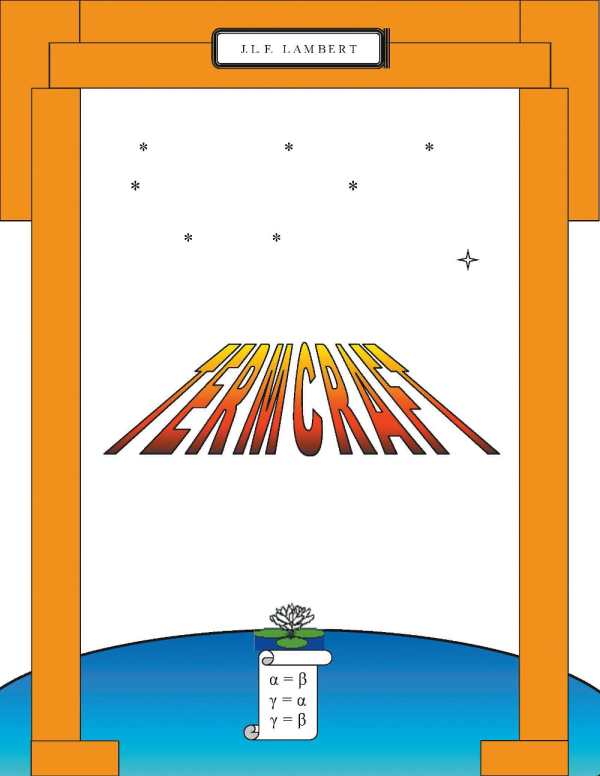Termcraft
The Emergence of Terminology Science from the Vinčans and Sumerians to Aristotle
Lambert delves deeply into the history of linguistics with this book, the captivating result of thorough research.
The most fascinating part of ancient history is not the storied wars of conquest, but the remarkable development of the human ability to talk about specific things in exact terms. Termcraft not only tracks this incredible change from its beginnings, but it also imbues it with a powerful sense of real importance, demonstrating through reasoning, research, and visuals that the development of the modern world hinged on the creation of specialized definitions and terms for trade, religion, and philosophical thought.
The rise of terminology, according to Termcraft, was a milestone in human development. It indicates not only how a civilization is progressing, but where it has already been. The names of gods (including “Yahveh”), special designations for trade and business, and even words describing thought all have clear origins in ancient monosyllabic languages that impact one another endlessly. It’s impossible to avoid parallels with modern technological development, with its constant eighteen-month turnover of new words for new items, and Lambert addresses this in a few paragraphs located near the end of the book. It’s tempting to hope that his next work will go into more detail on this subject.
This text is heavily augmented by charts and graphs, both in-line and in a number of useful appendices. These alone overcome the difficulty of the subject matter and make Termcraft worth going over several times, even for a linguistics amateur. Plenty of footnotes add interesting (and often necessary) asides explaining the cultural context surrounding the main points made in the text.
While well written and interesting, Termcraft may not be beginners’ fare. It is extremely dense, definitely academic in nature, and best absorbed in small doses. However, anyone interested in ancient history, the history of religion, or the study of linguistics will find it riveting nonetheless. In fact, in dissecting the challenges overcome through the use of terminology in ancient Mesopotamian civilizations, Lambert goes much further into the day-to-day needs, business concerns, religious beliefs, and priorities of these cultures than many history textbooks. Thanks to this, Termcraft nearly doubles as a walk-through of the ancient world. That said, the book does focus almost exclusively on the area surrounding the Fertile Crescent. A few mentions of China are made, but not explored. The omission of Asian terminological development is unfortunate.
Termcraft is well worth the slow read. While it isn’t quite pop science, it’s accessibly written and features fascinating subject matter. Anyone interested in how people came to define the world, and the reasons for and results of their trouble, will want to take a look.
Reviewed by
Anna Call
Disclosure: This article is not an endorsement, but a review. The publisher of this book provided free copies of the book and paid a small fee to have their book reviewed by a professional reviewer. Foreword Reviews and Clarion Reviews make no guarantee that the publisher will receive a positive review. Foreword Magazine, Inc. is disclosing this in accordance with the Federal Trade Commission’s 16 CFR, Part 255.

